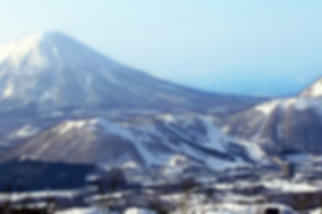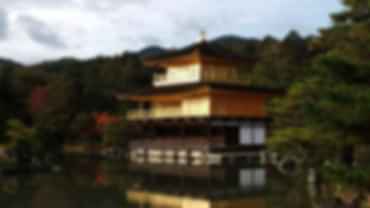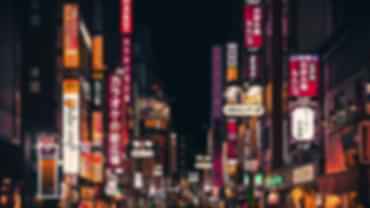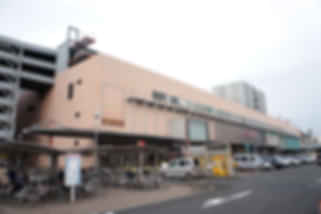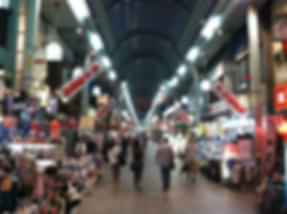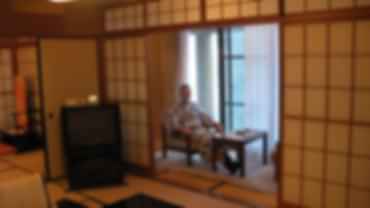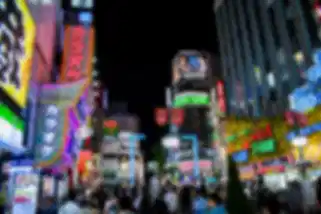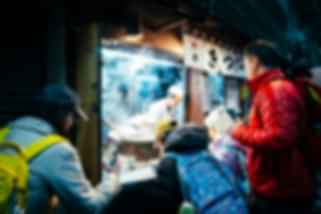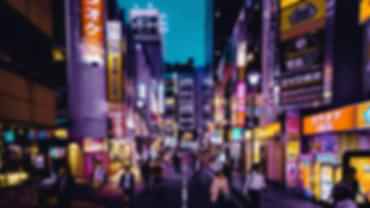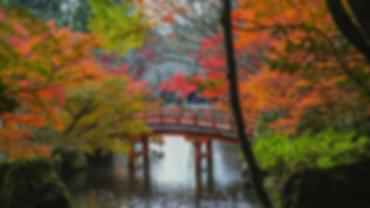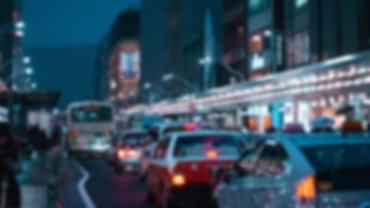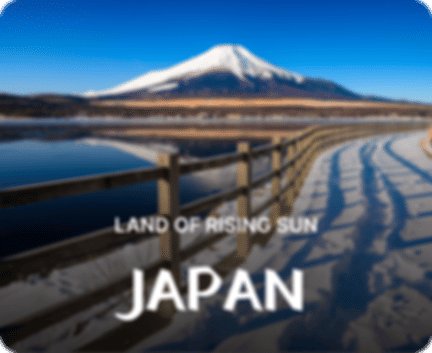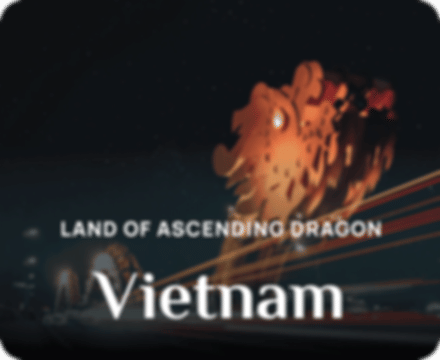Japan Shinkansen Travel Guide: Costs, Seat Classes, JR Pass & Multi-City Itineraries
Author
Bhumika
Updated Date
October 7, 2025
Read
7 minutes
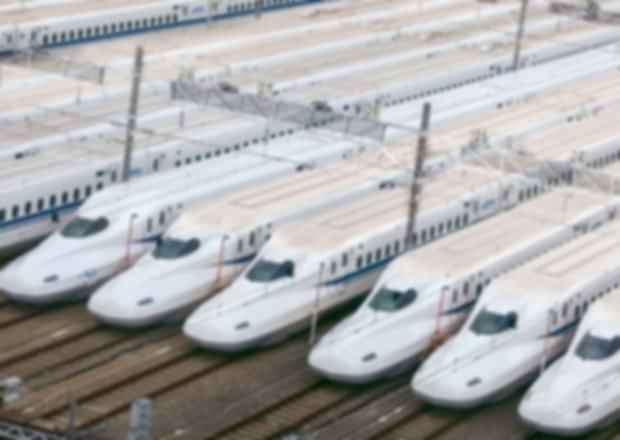
Go on a Shinkansen in Kyoto after a morning in Tokyo, and within hours you are in the midst of golden temples, peaceful gardens and quaint tea houses. Japan has a wonderful transportation system that enables one to traverse across the nation easily, whether in Osaka in its bustling streets, Hiroshima in its historical sites or the beautiful Hokkaido. This Japan Shinkansen travel guide simplifies the fares, seat classes and JR Pass into simple, practical terms, whether you are a first-time visitor, hopper, or even riding in comfort. Making your Japan tourism experience smooth and unforgettable.
Overview of the Japan Shinkansen Network: Lines, Routes & Key Cities
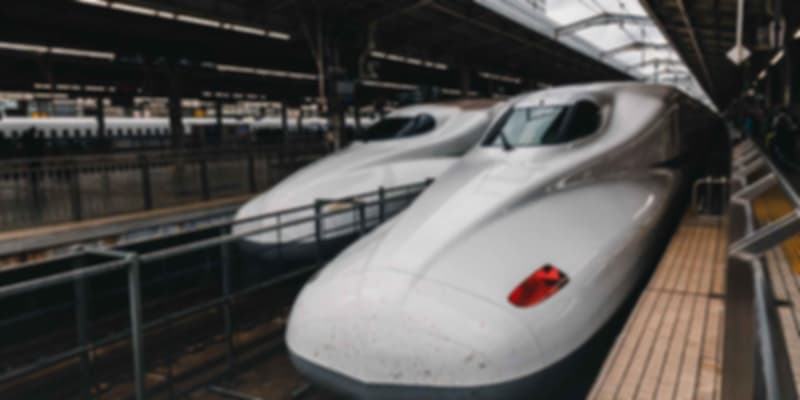
The Shinkansen (bullet trains) literally means “New Trunk Line” and is Japan’s high-speed rail network, comfortable and punctual across the world. To strategise effectively, it helps to be familiar with the key lines, types of trains, and what they have to offer.
Major Lines
| Line | Route | Key Notes |
| Tokaido Shinkansen | Tokyo, Nagoya, Kyoto, Osaka | Busiest corridor; multiple departures per hour |
| Sanyo Shinkansen | Osaka, Hiroshima, Fukuoka | Connects western Japan; essential for long-distance travellers |
| Tohoku Shinkansen | Tokyo, Sendai, Aomori | Serves Northern Japan; fewer departures per hour than the Tokaido |
| Hokuriku Shinkansen | Tokyo, Nagano, Kanazawa | Serves the northwest coast; good for regional sightseeing |
Train Types
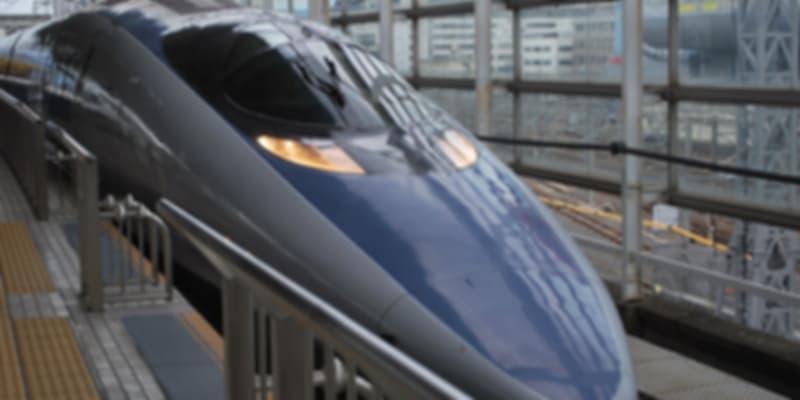
- Nozomi / Mizuho: These trains have the fewest stops and are the fastest. Good when you are in a rush, but you cannot use it with a JR Pass (special tourist rail pass, which gives the tourist unlimited access to most Japan Rail trains over a specified time, nearly 21 days).
- Hikari / Sakura / Hayabusa / Hayate: This is a little slower than Nozomi and has more stops. These are compatible with the JR Pass, and they are therefore suitable for the majority of travellers.
- Kodama: visits each of the stations along the path. Possibly slower, but helpful in case you intend to go to smaller towns.
- Komachi / Tsubasa: Branch-line trains which occasionally link to mainlines. Handy for regional trips.
Seat Classes
- Ordinary: Reserved seats or non-reserved seats. Good if you have a tight budget.
- Green Car: Premium seating, including additional leg room, less noisy and more comfortable, better suited to longer trips.
- Gran Class: Full luxury class with soft seats, meals and beverages. It is sold in some trains, predominantly on the Tohoku, Hokkaido, Hokuriku, and Joetsu Shinkansen lines.
Shinkansen Costs & Fare Breakdown: Tokyo, Kyoto, Osaka & Beyond
Shinkansen fares include a base fare, limited express/shinkansen surcharge, and optional seat class supplements.
- Tokyo to Kyoto:
- Ordinary seat: around yen 14,000 / INR 8,300
- Green Car (first-class): around yen 19,000 / INR 11,200
- Tokyo to Osaka:
- Ordinary seat: around yen 14,500 / INR 8,600
- Green Car: around yen 19,500 / INR 11,600
- Tokyo to Sendai (Gran Class – luxury seating with meals and extra comfort):
- Approximately yen 28,000 / INR 16,500
- Approximately yen 28,000 / INR 16,500
Tip: Prices vary slightly depending on the exact train and time, but this gives a good ballpark for budgeting your Japan trip.
How to Reserve Shinkansen Tickets
- Online: Choose your date, stations, type of train, type of seat and reserved / non-reserved seat. Free seat reservation is available to those holding a JR Pass.
- At the station: Quickly purchase tickets using ticket machines or seek assistance with the complicated routes or late changes at the counter.
- Reserved vs Non-Reserved: Reserved seats guarantee a specific seat, which is essential for families or groups. Non-reserved cars are flexible but can get crowded.
- Luggage: Small bags fit overhead or behind seats. Bags exceeding ~160 cm combined need special arrangements.
JR Pass in Japan: How It Works, Who Can Get It & Key Limitations
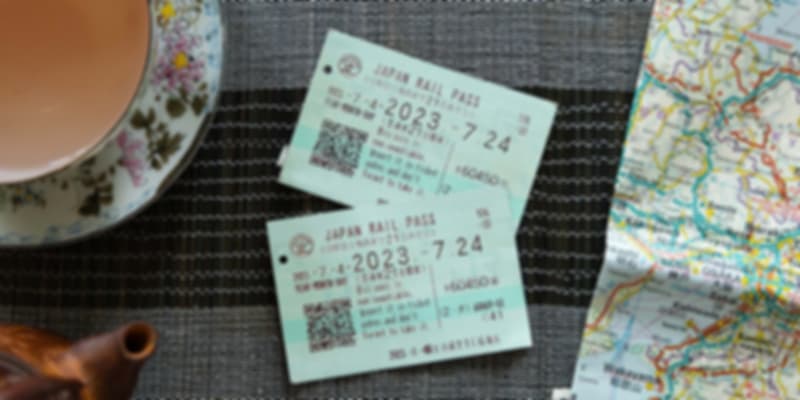
The Japan Rail Pass is a lifesaver for travellers who are exploring the attractions in Japan. It lets you ride almost all Japan Rail trains, including Shinkansen, for a set period of 7, 14, or 21 days. (Exceptions: the fastest Nozomi and Mizuho trains aren’t included.) If your trip focuses on a smaller region, regional passes cover areas like the East, West, Hokkaido, or Kyushu. For city subways or non-JR lines, you’ll need a Suica or Pasmo IC card.
Who Can Get a JR Pass?
- Available only for temporary-tourist visa holders.
- Must be purchased before arrival from an authorised outlet.
- Redeem your exchange voucher at a JR Exchange Office with your passport; some providers now allow digital activation.
How It Works
- Once activated, you can reserve seats on eligible trains for free.
- Booking can be done at counters or online through official portals.
Key Limitations
- Nozomi/Mizuho trains, private railways, and most city lines are not included.
- Upgrading to Green Car or Gran Class requires paying extra if your pass doesn’t cover it.
- Rules for children and regional passes vary—always check before buying.
Pro Tips
- For multi-stop trips, consider a national JR Pass plus an IC card for local travel.
- Peak travel periods like Golden Week or New Year require early reservations.
- If you prefer a worry-free experience, some travel services can bundle passes, seat reservations, and support—helpful if you want to save time.
Sample Japan Shinkansen Itineraries: Tokyo, Kyoto, Osaka, Hiroshima & Tohoku
Tokyo to Kyoto to Osaka (3-5 Days)
- Trains: Tokaido Shinkansen (Hikari or Nozomi to be fast)
- Travel time: Tokyo to Kyoto will require 2-2.5 hrs, and Tokyo to Osaka 2.5 to 3 hrs. (up to about 4.5 hrs if taking the all-stop Kodama).
- Reservations: Book Tokyo to Kyoto beforehand so that you do not face a last-minute scramble.
- Activities: Visit the Shibuya Crossing and the Asakusa of Tokyo, the Fushimi Inari Shrine of Kyoto, the Dotonbori and Osaka Castle of Osaka.
- Total cost: Ordinary seat: yen 28,500/ INR 17,000, Green Car: yen 39,000/ INR 23,500.
Northern Tohoku Loop (4-7 Days)
- Trains: Hikari/Nozomi do not run here; instead, use trains like Hayabusa, Hayate, Komachi, depending on your route.
- Reservations: Remember to reserve your seats before the longer journeys north, so that you can be assured of a seat and a comfortable ride. Gran Class is the best in terms of luxury experience.
- Activities: Seeing Matsushima Bay in Sendai, the Nebuta Museum in Aomori and local seafood markets in Hachinohe are among the best things to do in Japan.
- Total cost: yen 35,000 / INR 20,500, Approx. Price of a Green/ Gran Class: yen 50,000 / INR 29,300.
Multi-Day (5-7 Days) Tokyo to Hiroshima.
- Trains: Travel on the Tokaido and Sanyo Shinkansen using Hikari, Sakura, or Nozomi—Japan’s high-speed bullet trains connecting major cities quickly.
- Travel time: Tokyo to Hiroshima will take 4 to 5 hours.
- Reservations: It is recommended to reserve on all long-distance trains; the Green Car is comfortable.
- Activities: Visit Hiroshima Peace Memorial Park, Miyajima Island, and Himeji Castle on the way.
- Total cost: yen 28,000 / INR 16,500, Green Car: yen 38,000 / INR 22,500.
Conclusion: Efficient, Comfortable & Memorable Japan Travel by Shinkansen
Travelling through Japan Shinkansen turns the journey into a remarkable experience. The busy streets of Tokyo, the quiet temples of Kyoto, the neon life of Osaka, the antique places of Hiroshima – Japan has everything with the assistance of the bullet trains, which make exploring Japan tourism easy. JR Pass, Green Car and Gran Class, smart reservations and other seat classes will enable you to travel in a very efficient, comfortable, and economical way. Plan your trip schedule so that you will have a smooth, exciting and memorable experience. For an unforgettable experience! Pickyourtrail is here for you. Plan your trip hassle-free and book your personalised Japan tour packages now.
FAQs
1. What is the JR Pass and how does it work for Shinkansen travel in Japan?
The JR Pass allows unlimited travel on most Japan Rail trains, including eligible Shinkansen, saving money on multi-city trips across Tokyo, Kyoto, Osaka, and Hiroshima.
2. Which Shinkansen trains can I use with the JR Pass?
You can ride Hikari, Sakura, Hayabusa, Hayate, Kodama, Komachi, and Tsubasa trains, but Nozomi and Mizuho are excluded for JR Pass holders.
3. What are the differences between Ordinary, Green Car, and Gran Class on Shinkansen trains?
Normal is standard, Green Car comes with first-class comfort and additional space, and Gran Class is luxury seating with meals on selected trains on Shinkansen, including Tohoku, Hokkaido, Hokuriku, and Joetsu.
4. How much do Shinkansen tickets cost in Japan?
Tokyo to Kyoto – Ordinary ≈ yen 14,000 / INR 8,300, Green Car ≈ yen 19,000 / INR 11,200; Tokyo to Hiroshima – Ordinary ≈ yen 28,000 / INR 16,500, Green Car ≈ yen 38,000 / INR 22,500.
5. When is the peak travel season forShinkansen in Japan, and how can I avoid seat shortages?
Peak seasons are Golden Week (late April–early May), Obon (mid-August), and New Year (late December–early January); book seats early or use a JR Pass for multi-city travel.
Recommended articles for you
Discover Packages


Need help in planning?
Talk to our Travel Experts



